Houston Water Contamination Lawyer
PRACTICE AREAS
Water Contamination Lawsuit Attorney
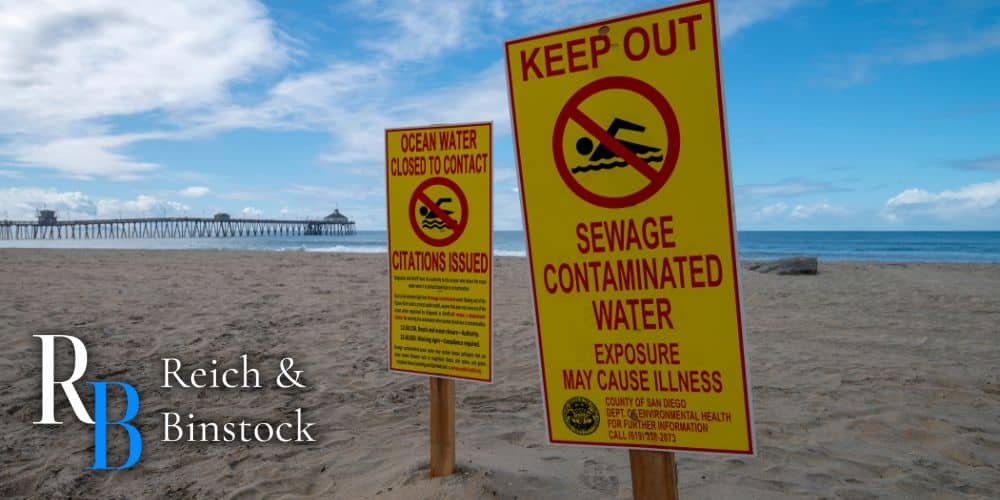
Water is crucial for the survival of nearly every living organism you can think of. Plants, animals, humans, insects, and the ecosystem as a whole require safe water supplies. Unfortunately, water contamination is an ongoing problem, even in the United States.
One current example of decades-long water contamination is the Camp Lejeune water contamination. Toxic chemicals were found to be present in the public drinking water systems of the marine base for around 30 years. This has led to water contamination lawsuits against the federal government. If water contamination occurs in your water treatment system, you might have a valid water contamination lawsuit.
The toxic exposure lawyers at Reich & Binstock have handled polluted water cases with great success. We are standing by to represent sick and injured victims and their families. When people drink contaminated water, they may face serious adverse health effects.
If your water supply was contaminated by a dangerous chemical, heavy metals, or other pollutants, you might have a valid lawsuit. To schedule a free consultation with our water contamination attorneys, please call 713-622-7271 today.
What Is Water Pollution?
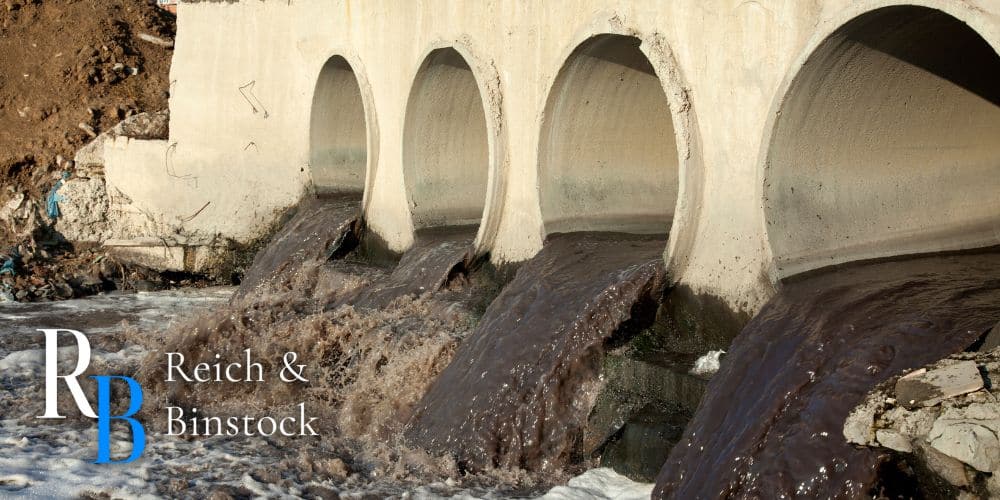
It’s important to understand what actually qualifies as water pollution. Water pollution happens when contaminants make water sources unsafe for drinking, cooking, swimming, cleaning, and other activities. In other words, pollution makes safe water unsafe to use or come into contact with. There are many types of contaminants, including trash, toxic chemicals, bacteria, and other pollutants.
Contamination doesn’t just come from contaminants being dumped, poured, or leaked into a water supply. It can also come from air pollution. All air pollution eventually settles onto the surfaces of lakes, oceans, and rivers. Pollution in the land can seep into groundwater, underground streams, rivers, and eventually into the ocean.
Since Congress passed the Safe Drinking Water Act (SDWA) in 1974, we have seen some improvements in terms of drinking water protections. Under this Act, the EPA sets the standards for drinking water quality. They also monitor states, water suppliers, and local authorities that enforce those standards.
Unfortunately, even with two amendments to the SDWA, this still isn’t enough to completely protect the quality of our drinking water.
Dangers Associated with Contaminated Drinking Water
For some areas in the country, tap water contains elevated levels of nitrates, arsenic, lead, and other pollutants. Those who drink, bathe in, or cook with contaminated water may experience a variety of negative health conditions.
While many of the effects of contaminated water ingestion aren’t always readily apparent, those who are exposed to toxic water can develop serious diseases over time, namely cancer.
Those who live in areas with an unsafe water source may be unaware that they’re in danger but may notice those around them suffering from similar health problems.
Furthermore, many contaminated water sources go unreported for far too long. Once the proper authorities provide notice to concerning water contaminants, it may be too late. To find out more about what happens if you drink contaminated water, read our related blog.
What Causes Water Pollution?
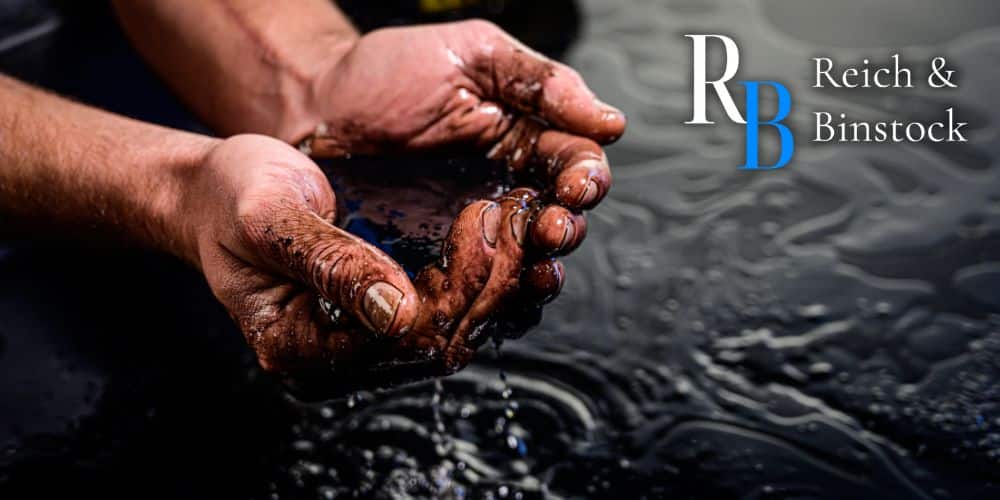
Many sources of water pollution exist, both from natural sources and manmade sources. However, the most significant sources of pollution result from human activity. Below, we outline the different sources of pollution from natural and human sources.
Human Causes of Water Pollution
- Accidental chemical spills or leaks
- Agriculture runoff
- Leaking septic systems or sewer lines
- Mining
- Foundries
- Industrial discharge
- Illegal dumping of waste
- Fossil fuels
- Construction work
- Plastic waste
- Transportation emissions
- Household chemical disposal
- Improper battery disposal
- Landfill leakage
- PFAS chemicals
Natural Causes of Water Pollution
- Animal waste
- Volcano eruptions
- Algae growth
- Flooding
Sources of Water Contamination
There are many different types of contaminated water sources. In fact, nearly any water system could be contaminated under the wrong conditions. Below, we list different types of contaminated water systems.
Point Source
Point source contamination occurs when there is one specific source of pollution. The Environmental Protection Agency currently regulates this pollution by limiting the water chemicals that a facility may release directly into a body of water. Even in cases of point source pollution, it can become a widespread problem if not identified or cleaned quickly enough.
Nonpoint Source
This is the leading cause of unsafe levels of pollution in United States water sources. It involves pollution that diffuses from multiple sources, including agricultural runoff. This type of pollution is very difficult to regulate, as there are often multiple sources that are difficult to identify.
Transboundary
Transboundary pollution occurs when polluted water from one nation spills or navigates into the waters of another nation. This could be the result of an unintended disaster or the result of slow runoff.
Ocean Water
Pollution of the ocean is also called marine pollution. Approximately 80% of this pollution comes from land sources, such as coastal cities, farms, and factories. Additionally, plastic waste is a large source of marine contamination.
One source of marine pollution that has been widely reported is oil spills. The largest oil spill in human history occurred in 2010. The Deepwater Horizon oil spill resulted from a massive explosion that killed 11 workers and leaked 4 million barrels of oil into the Gulf of Mexico. This was a marine health and public health tragedy that has yet to be completely cleaned up.
Sewage and Wastewater
Water that has already been used by people or animals and then discarded is considered wastewater. Anything that flows down the drain in your sink, toilet, shower, or bathtub is wastewater. While we do have community water systems that include treatment facilities, many of these facilities are aging. Wastewater treatment plants are essential, but it is very easy for these facilities to become too overwhelmed to properly do their jobs.
Groundwater Contamination
Underground water supplies are aptly called groundwater. Groundwater is basically rainwater that seeps into the ground and fills an aquifer. Aquifers are “bodies of porous rock or sediment saturated with groundwater,” according to National Geographic.
Although you can’t physically see groundwater, it provides safe drinking water to nearly 40% of Americans. Especially in rural areas, this may be their only source of clean water.
Contaminated groundwater is extremely difficult, or sometimes impossible, to clean. Depending on the contaminant, polluted groundwater might be unusable for the next few decades or the next few millennia. It can even seep into streams, lakes, rivers, and eventually the ocean.
Agribusiness
As we mentioned already, agriculture runoff is a major source of water and environmental pollution. In fact, this is the leading source of contamination of streams and rivers in the United States. When it rains, the runoff flows downhill into rivers and streams. This runoff often contains pesticides, fertilizers, other toxic substances, and even animal waste.
Radioactive Contamination
Nuclear power plants, uranium mines, and nuclear research and testing facilities all contribute to radioactive waste contamination. This contamination has the potential to last for thousands of years.
Oil Pollution
Unfortunately, oil pollution is a significant and ongoing problem in the world’s oceans and other surface waters. Other than accidental spills and illegal dumping, oil pollution also results from runoff.
Surface Water
Surface water is everything you see on a globe that’s blue. It makes up our oceans, lakes, rivers, and more. As you may have learned in school, the earth is covered by around 70% of this surface water. Freshwater sources of surface water bring more than 60% of America’s clean water to homes and families. Unfortunately, many of these drinking water suppliers are already in jeopardy.
The Environmental Integrity Project is a non-profit organization founded by former Environmental Protection Agency attorneys. According to reports from the EIP, approximately half of all surface water sources in the United States are contaminated and unsafe for consumption. The most common source of contamination is nutrient pollution from farming runoff. Industrial waste also contributes to contamination.
How Can You Be Exposed to Contaminated Water?
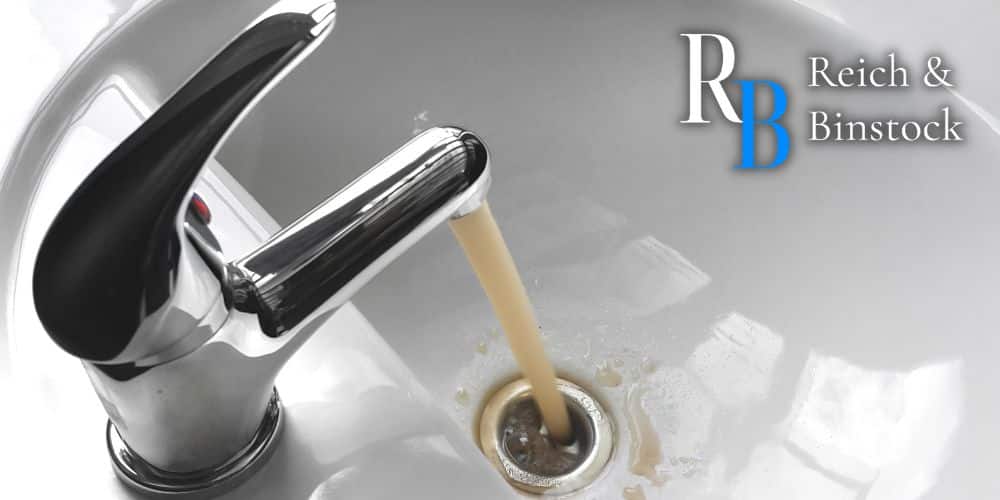
Exposure to contamination can occur in many ways.
The most common ways a person can be exposed to contaminated water include:
- drinking the contaminated water
- bathing in the contaminated water
- using contaminated water to clean
- cooking with contaminated water
Diseases Caused by Drinking Contaminated Water
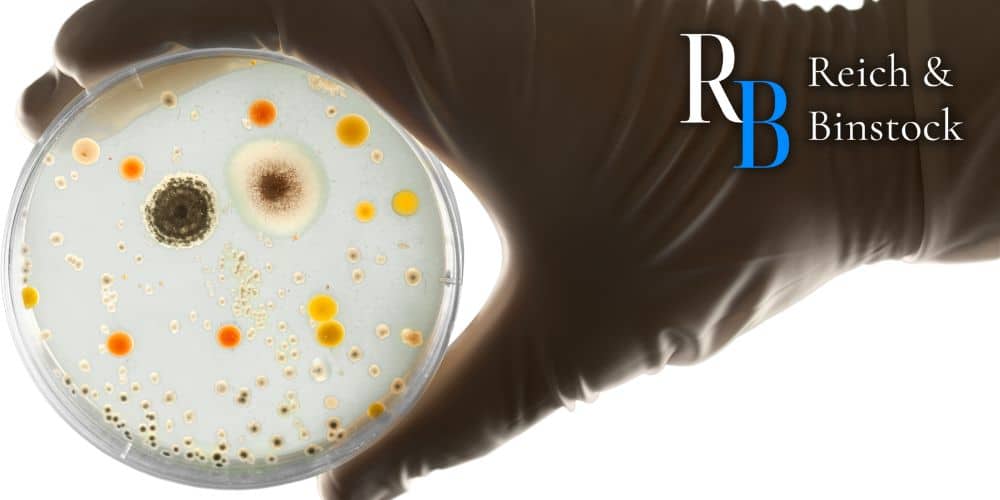
According to the World Health Organization, an estimated 3.5 million people die each year from waterborne illnesses. Maintaining drinking water quality is critical to human health. When a population’s drinking water supply is compromised, disease may run rampant.
Below, we list some of the most serious human health problems resulting from water contamination.
- Adult Leukemia
- ALS or Lou Gehrig’s Disease
- Amoebiasis
- Aplastic anemia
- Birth defects or birth injuries
- Cancer: Including but not limited to bladder cancer, breast cancer, cervical cancer, esophageal cancer, kidney cancer, liver cancer, lung cancer, ovarian cancer, stomach cancer
- Cholera
- Cryptosporidiosis
- Diarrhea
- Dysentery
- E. coli complications
- Fluorosis
- Hepatitis A
- Hodgkin Lymphoma
- Kidney and liver damage
- Lead poisoning
- Miscarriage
- Multiple myeloma
- Nervous system issues
- Neurobehavioral issues
- Parkinson’s disease
- Polio
- Renal toxicity
- Salmonella
- Typhoid
How Long Does It Take to Get Sick from Contaminated Water?
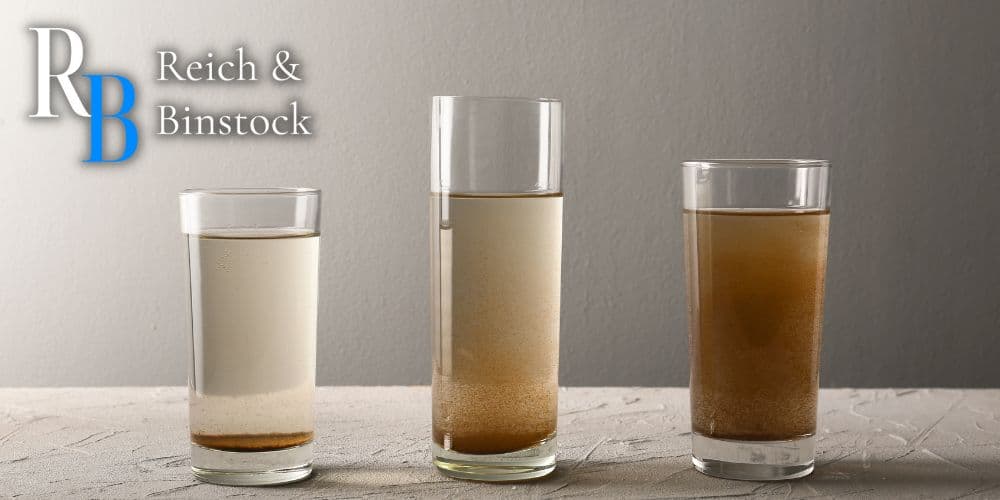
Generally, symptoms of contaminated water take anywhere from 24-48 hours to develop. However, this ultimately depends on a few factors. One factor is the type of illness you’re exposed to. Some diseases have longer or shorter incubation periods.
Another factor is whether or not you are immunocompromised. You might see symptoms sooner if you are elderly or immunocompromised. As soon as you experience unusual symptoms, we recommend speaking with a doctor. Prolonged consumption of contaminated tap water may worsen your symptoms.
Side Effects of Drinking Contaminated Water

Water contamination has several telltale signs in the human body. Adverse health effects may not present themselves for a few days, depending on the illness.
Below, we list common symptoms of drinking water contamination:
- Stomach pains
- Nausea and vomiting
- Diarrhea
- Stomach cramping
- Other gastrointestinal issues
- Dehydration
- Wrongful death
What Should I Do if I Drank Contaminated Water?
If your safe drinking water quality has been compromised, we recommend contacting your local health department for advice on how to produce clean water. If you get your water from public water systems, you are not required to test it yourself. The EPA is responsible for regulating the quality of public water systems.
However, if you have private wells, you must perform your own testing. The Centers for Disease Control (CDC) recommends testing your private well at least once a year, if not more often. You should also check your well after flooding occurs.
If your drinking water is contaminated and you begin to experience symptoms, see a doctor right away. Tell them that you suspect contaminated drinking water in the public water systems, and they should be able to run tests to diagnose you. If you plan to seek compensation for your illness, seeing a doctor sooner rather than later is imperative. This will more closely tie your illness with the contamination of your drinking water.
Water Contamination Lawsuits

Currently, Reich & Binstock is handling Camp Lejeune water contamination lawsuits. However, if you believe that your drinking water or public water systems have been contaminated, contact us as soon as possible. We can evaluate the facts of your case, gather evidence and information, and advise you on whether or not you have the basis for a contamination suit.
Water consumed that has been contaminated is extremely dangerous to public health. Our Houston toxic exposure lawyers are here to fight for just compensation on behalf of those affected by polluted public water systems.
Establishing Liability for Water Contamination
Numerous toxic substances or carcinogenic substances may contaminate the water that’s used in households. These substances can include nitrate, arsenic, benzene, lead, oil, gas, petroleum, volatile organic compounds, phenols, TCE, etc.
Contaminants used in gas stations, railroad stations, incinerators, landfills and oil refineries can pollute well water, as well.
Both Texas and federal environmental laws identify the contaminants that must be regulated. For example, The Clean Water Act is the federal law that is related to the national quality of drinking water. The Clean Water Act allows anyone who may be affected by water contamination or toxic substances to sue with the assistance of a water contamination injury lawyer.
When water pollution or contamination is backed with absolute scientific evidence, injury victims may find it easier to sue under Texas state law.
The facts needed to establish liability will vary on a case-by-case basis.
In general, the most difficult element to prove is causation. Your personal injury lawyer will need to prove that the toxic substances in the water was the cause of your illness or health issue.
If you personal injury lawyer can successfully prove that a corporation or government entity’s liability for negligence, then you may be able to recover compensation for both economic and noneconomic damages.
If the defendant’s behavior demonstrates gross negligence, such as throwing toxic chemicals into the community’s drinking water, victims may also recover additional punitive damages.
Contact the Water Contamination Lawyers at Reich & Binstock
If you suffered adverse health effects as a result of contaminated community water systems, Reich & Binstock is here for you. Our Houston personal injury attorneys take great pride in litigating on behalf of injured victims against large corporations and companies. When factories, cities, or other parties contaminate water, they should be held accountable for the illnesses that occur as a result.
If you think you have a water contamination lawsuit, contact Reich & Binstock today. Call our law firm at 713-622-7271 to schedule your free consultation with us.
There is never a fee unless we recover on your behalf.
Additionally, clients are not obligated to pay expenses if a recovery is not made.












